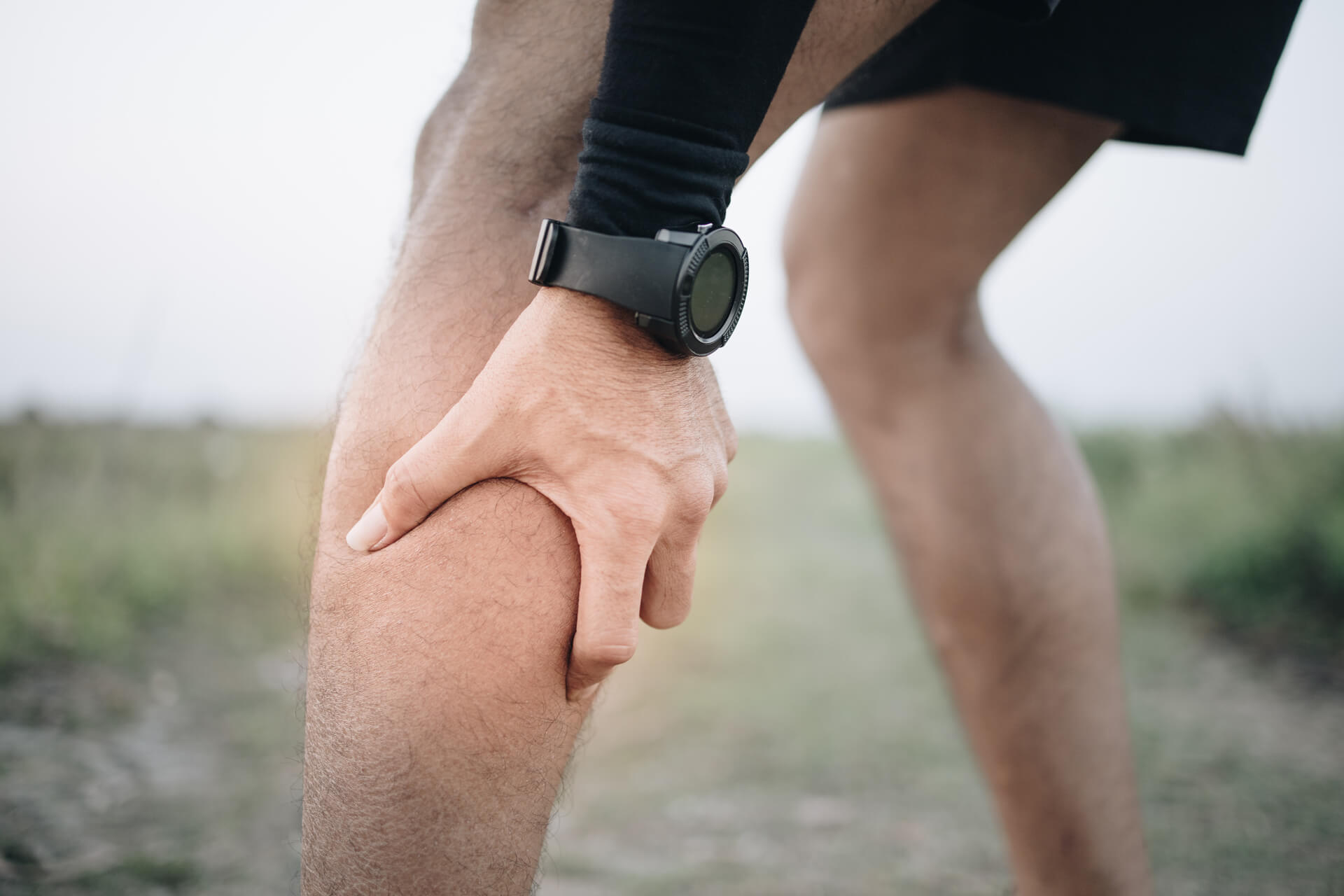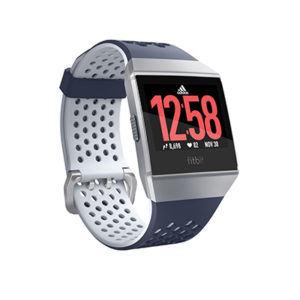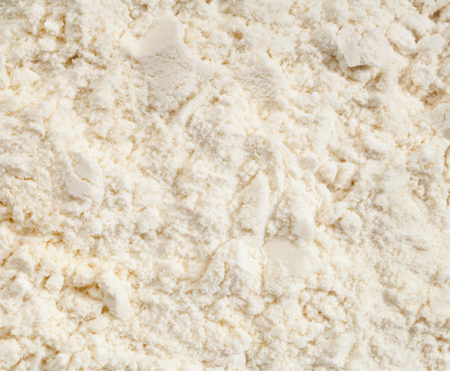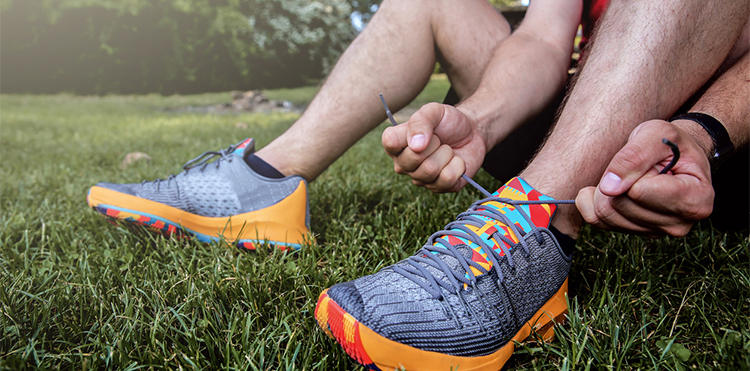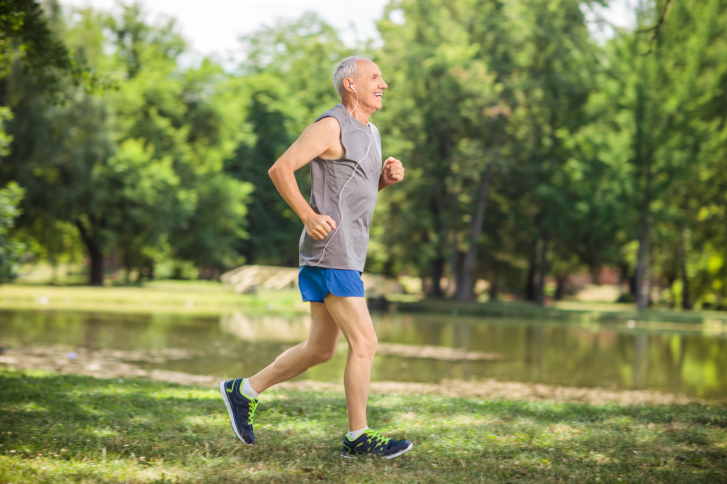
The NHS and American College of Sports Medicine (ACSM) claim that over 50s should, as a guideline, partake in 150 minutes of low to moderate-intensity training per week. However, research by Dr Peter Herbert, a physiologist from the University of Wales Trinity Saint David, has proved that shorter, harder training sessions followed by longer recovery periods can have positive results on an older person’s fitness levels.
The former strength and conditioning coach, for the Scarlets and the Wales national rugby team, undertook a study in 2012 after finding out the method for himself.
By the time he reached mid-50’s, Dr Herbert noticed he wasn’t getting any fitter, despite training harder than ever, as well taking longer to recover in-between each workout. He decided to change the way he trained, by doing fewer sessions at a higher intensity.
It’s safe to say Dr Herbert’s methods worked, as he recently won bronze at the World Masters Track Cycling Championship in the 500m sprint, at 70 years of age!
Dr Herbert said, “In a unique study that started in 2012, we looked at two groups of male participants with very different fitness levels, all aged between 56 and 74.
“The first group was sedentary and hadn’t exercised for 30 years so we firstly asked them partake in moderate training for six weeks, following the NHS’s guideline of 150 minutes per week. This improved their overall fitness and prepared them to take part in the study.
“The second group comprised of athletes who had trained throughout their lives and who were still training intensively and still competing in a range of sports. These Masters athletes continued to train in their usual way for the first six weeks of the study.”
Having monitored and measured the participants, Peter then set about working with both groups on a programme of high intensity interval training (HIIT) over a period of six weeks.
Participants would train once every five days doing 6 x 30sec sprints on the bike interspersed by three-minute recovery periods.
Each session lasted 18 minutes, comprising of three minutes of high intensity work and 15 minutes of recovery. Over a period of six weeks, this meant that each participant was exercising for 27 minutes.
Between each session, the men could take part in some low-intensity exercise such as walking but were stopped from exercising at higher levels.
“The results at the end of the research period were overwhelming,” says Peter. “The HIIT training caused significant increases in the oxygen capacity (VO2max) of the Masters athletes – all of whom were previously exercising at high intensity at least three times a week.
“There were also increases in leg power, a positive effect not only for the masters athletes but also for the more sedentary as this improved strength and power could be beneficial in later life helping with everyday tasks such as climbing stairs, getting up, lifting and carrying.
“Participants also experienced fat loss, increase in muscle size, improved performance as well as greater general health benefits. Testosterone levels of the participants increased resulting in yet another health benefit by reducing the need for hormone supplements,” adds Peter.
Feeling old? You know what to do…


